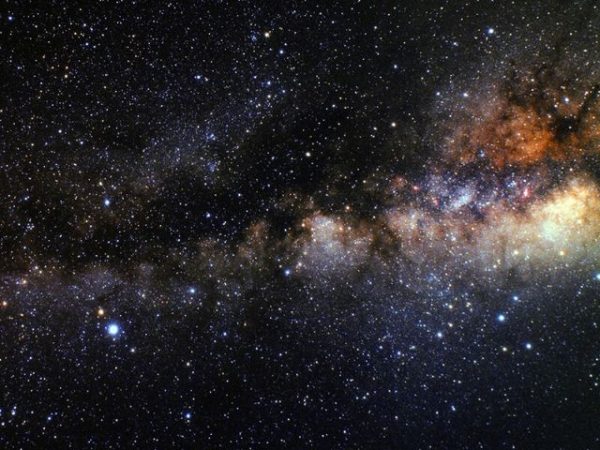Astronomers Found Hundreds Of Tiny Worlds Hiding In The Solar System – 2oceansvibe News
Just when you thought that the vastness of space couldn’t get more awe-inspiring, astronomers recently found more worlds existing on the edges of the solar system.
This discovery is just one of the exciting developments happening in the field of contemporary space research.
NASA has just reopened applications for new astronauts and Elon Musk is sending a fashion mogul to the moon – what a time to be alive.
VICE has some more info on the discovery of the small planets:
Astronomers have spotted hundreds of tiny worlds lurking in the deep, dark outer reaches of the solar system, beyond the orbit of Neptune.
These minor planets, known as trans-Neptunian objects (TNOs), ‘are relics of major dynamical events among and beyond the giant planets,’ according to a study published this week in The Astrophysical Journal Supplement Series.
Thanks to a Dark Energy Survey (DES) made possible by Chile-based Victor M. Blanco Telescope and University of Pennsylvania physics and astronomy student, Pedro Bernardinelli, 139 new TNOs have been reported.
This is impressive, considering the current TNO catalogue contains approximately only 3000 objects.
And yes, the DES is as cool as it sounds:
As the name implies, the DES is adapted to probe dark energy, a mysterious force that appears to be driving the accelerated expansion of the universe. But while the survey’s main objective is to understand our universe on the largest scales, Bernardinelli’s team showed how it can be adapted to track tiny rocks here in our own solar system.
One of the best things about this new discovery is that it will make it possible to find out even more about the untouched corners of the solar system.
This is only the beginning for Bernardinelli and his team:
The DES has such a wide field of view that it captures an enormous amount of activity in our solar system, even though it is focused on a much more distant cosmic horizon. During its four years of observations, the survey picked up about seven billion dots of faint foreground light, which Bernardinelli and his colleagues narrowed down to about 22 million by ruling out familiar objects such as stars and galaxies.
Researchers should be able to find even more TNOs, as well as make other discoveries, as they work through the data.
The study also found dozens of new “resonant objects,” which are tiny worlds with orbits that are modulated by the motions of larger planets. This category includes seven “Neptune Trojans” that follow Neptune’s path around the Sun, as well as 30 “plutinos” that complete “two orbits for every three traveled by Neptune.”
If scientists can build a catalog of TNOs that’s as accurate and detailed as possible, it could provide some insight into long-unanswered questions about planets such as Neptune and Jupiter, as well as provide more info into the motions of stars.
While there may be difficult times ahead for the Earth in 2020, it looks like it’s going to be a great year for space exploration.
[source:vice]






